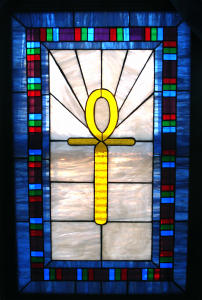Visionary Arts
Music and art come together in the world of film and video
Visionary Video Art
by Mary Ellen Bickford and Don Robertson
Dew
“Dew” video by Mary Ellen Bickford, music by Don Robertson (2006). Nearly 74,000 views on Youtube – more than 180 “likes”.
Take My Hand
“Take My Hand” is a video by Mary Ellen Bickford (2009).
America's Wetlands
“America’s Endangered Wetlands” is set to music by the great French composer Guy Ropartz (2010).
Monet's Magical Garden
“Le jardin enchanté” by Don Robertson (2010). Filmed in Claude Monet’s garden in Giverny, France.
Bicycles in Holland
“Bicycles” by Don Robertson (2015). Filmed in Amsterdam, Holland in 2009.
A Still Life in Motion
“Le calme et l’océan” by Don Robertson (2010). Filmed on the Beach in Southern California
In the Beginning...
“Snow White is no more a cartoon than a painting by Whistler is a cartoon.”
– Walt Disney
VISIONARY PIONEER CREATES NEW ART FORM… During 1935, Walt Disney travelled to Europe and returned with a large number of books about European art and folklore. Additionally, he had shipped back to the USA, 90 books from France, 81 books from England, 149 books from Germany, and 15 books from Italy. From this base, he created a new art form. His 1937 classic film Snow White and the Seven Dwarfs, followed in 1940 by Fantasia, presented to the world this new art form: art that instead of being painted on a canvas was animated on a screen. Walt Disney laid the groundwork for the new art form for the 21st century.
The Visionary Art Movement
When you mix music in harmony
With visual arts, it’s magical.
The notes and color peak together.
Emotions create physical sensations.
Our best example of that
Perfect dance of magical music
And visual art
Is Walt Disney’s Fantasia.
We present over forty years of research and education into the effects of music, light, color, and imagery to share.
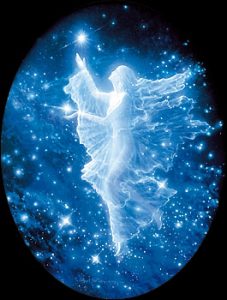
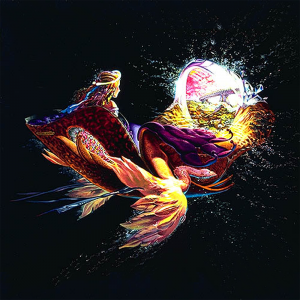
During the 1970s and 1980s and mainly in the San Francisco Bay Area, visionary artists created a new art movement.
The artists were Joseph Parker, Brian McGovern, Aeoliah, Gilbert Williams, Geoffrey Chandler, and Bernard and Barbara Xolotl, among many others.
Additionally, there was an expansion of the art form by coupling music with visuals: a meeting of new-age music with visionary art. The leader of this multifaceted movement was, and still is, the musician called Iasos, who lived in Marin County, across the Golden Gate Bridge from San Francisco. To the North in Sonoma county, Norman Miller, who had created light shows in San Francisco during the 1960s, and Mary Ellen Bickford were presenting their Rainbow Light Show, a multi-projector slide show of visionary paintings coupled with what was being called at that time, new-age music. and
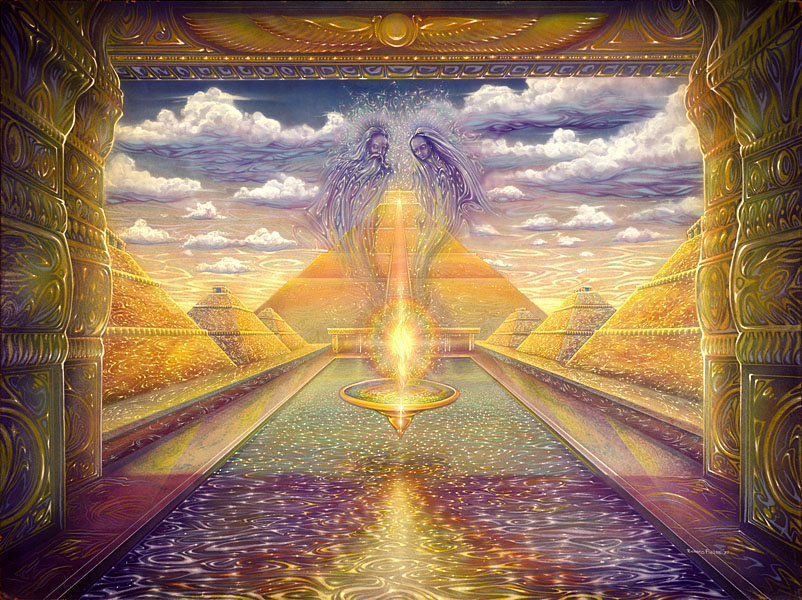
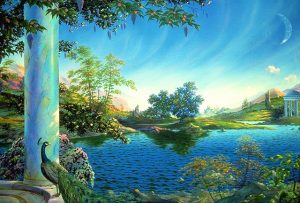
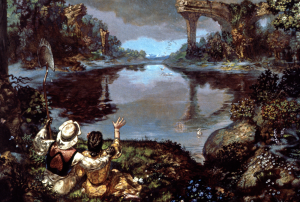
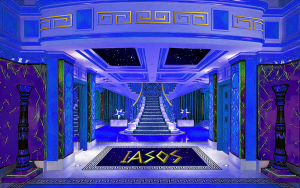
Mandala Art
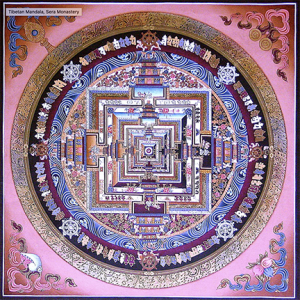
Norman Miller specialized in Mandala Art.
According to the World History Encyclopedia:
“A mandala (sanskrit for “circle”) is an artistic representation of higher thought and deeper meaning given as a geometric symbol used in spiritual, emotional, or psychological work to focus one’s attention.”
There are many ancient mandala representations in the cultures of the East. Miller learned about mandalas from the writings of Swiss psychiatrist and psychoanalyst Carl Jung.
“Most mandalas have an intuitive, irrational character and, through their symbolical content, exert a retroactive influence on the unconscious. They therefore possess a “magical” significance, like icons, whose possible efficacy was never consciously felt by the patient.” (Carl Jung)
Mandalas are used in architecture, from churches to train stations…
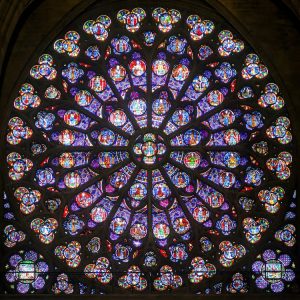
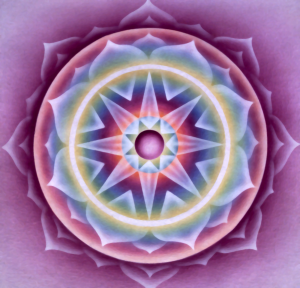
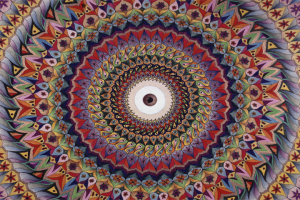
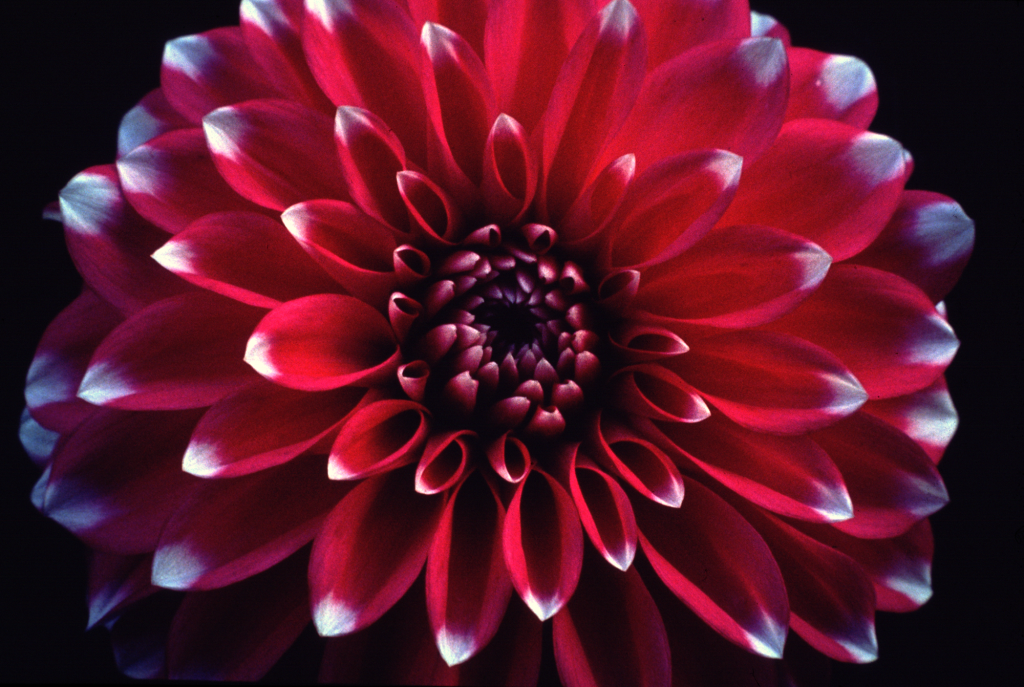
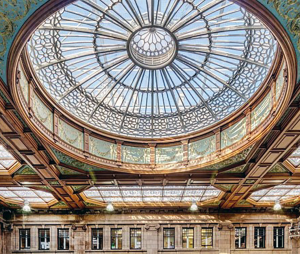
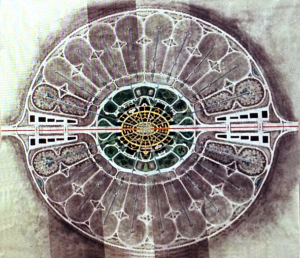
Taking a cue from Uncle Walt himself, with 21st century technology we now have the ability to turn the canvas into a moving, musical artistic creation.
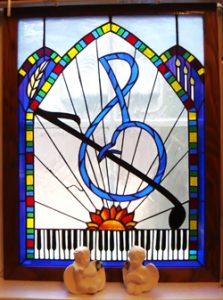
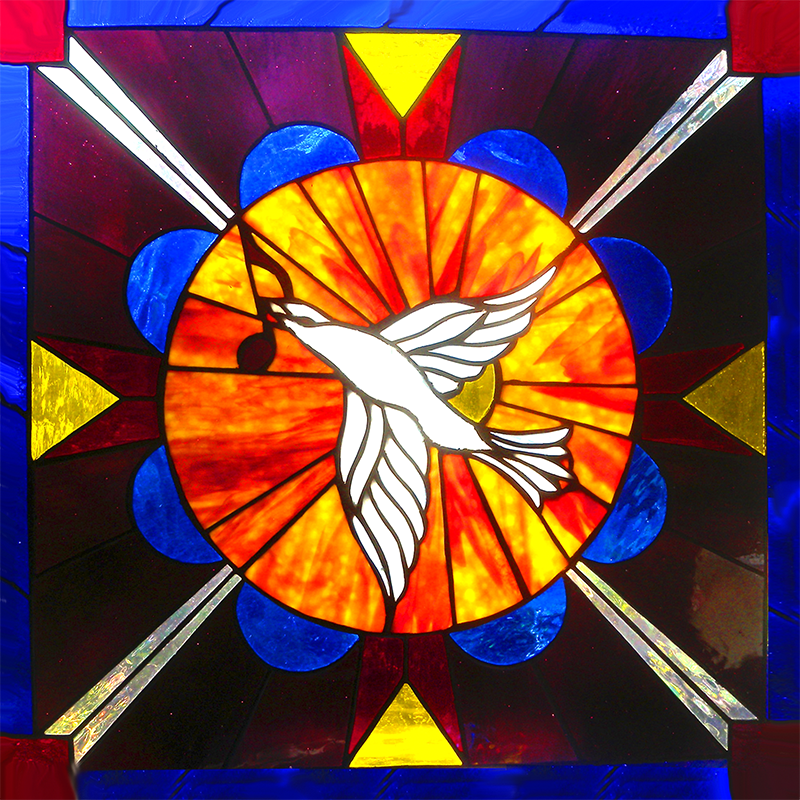
Stained Glass by Mary Ellen Bickford
